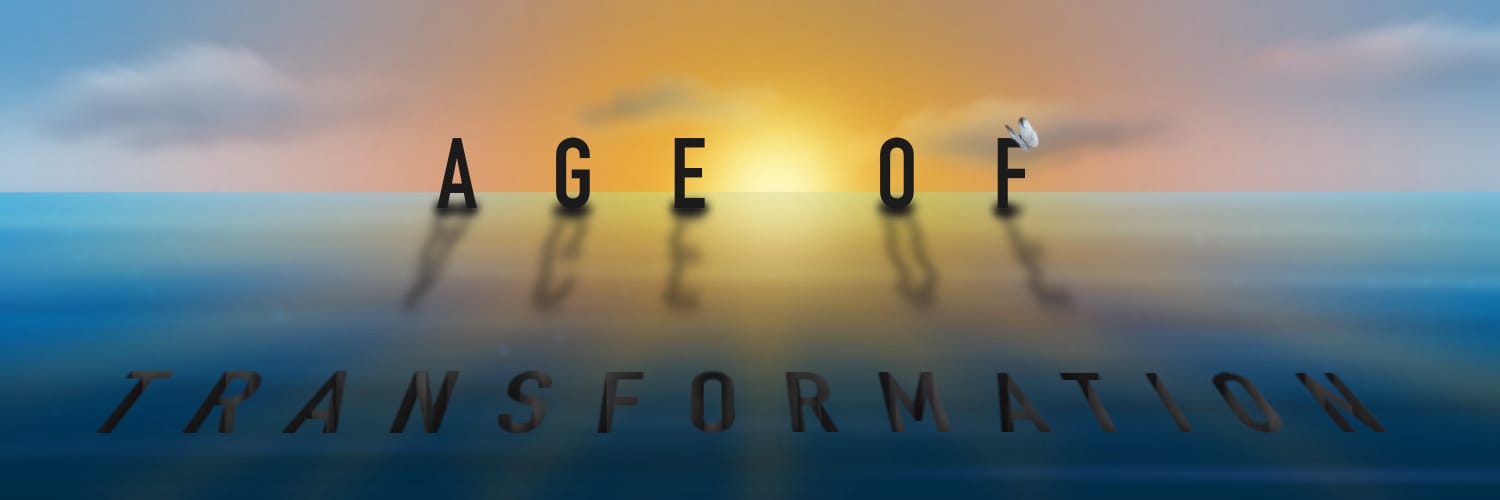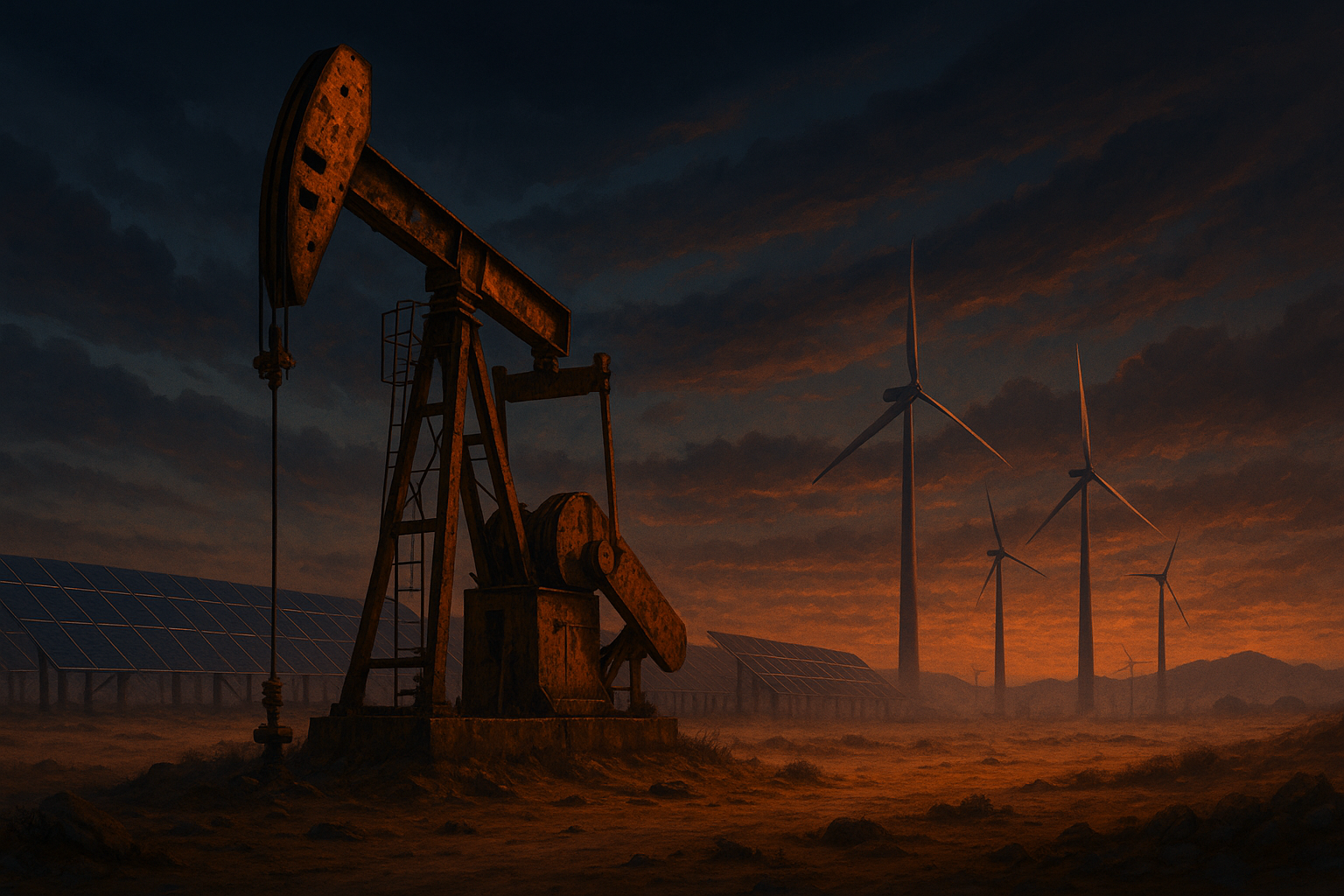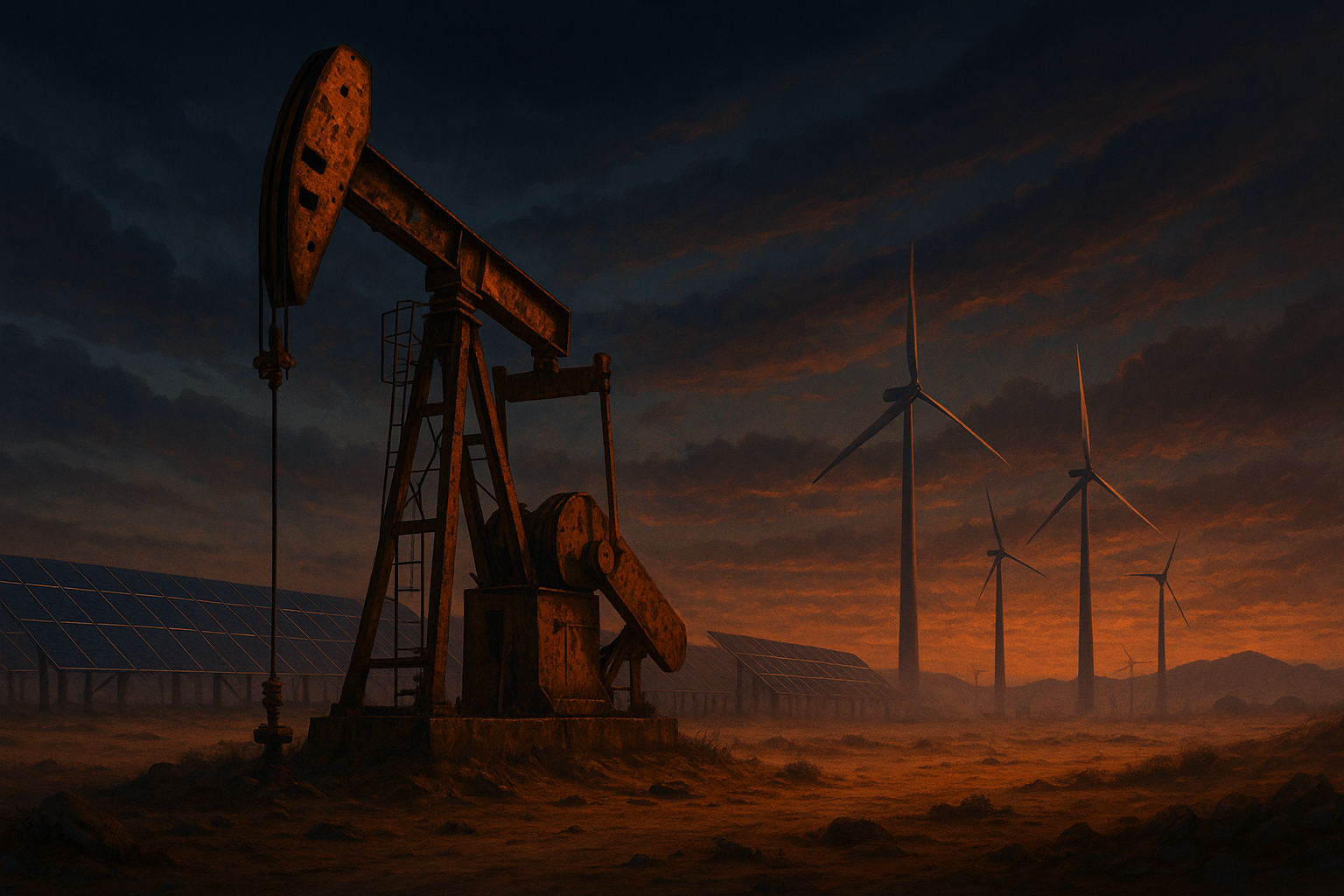We've entered a dangerous new era for humanity - the era of accelerating climate breakdown. This can no longer be avoided: the task ahead is to adapt, mitigate, and do as much as we can to transform our systems so that we can begin to restore and regenerate.
Global average temperatures of 1.5C are supposed to be the upper limit beyond which the climate enters a dangerous new phase which risks catastrophic outcomes. But new scientific evidence has just been announced showing that this ‘safe limit’ is too high, and that we have already moved into that dangerous new phase.
A shocking new study concludes that summer sea ice in the Arctic - recognised as a major stabilising force in the earth’s climate system - is inevitably going to disappear in coming decades, and could disappear as early as the 2030s. The study finds that this is now inevitable, and will happen even with a dramatic reduction in carbon emissions.
Several studies have found that rapid warming in the Arctic is symbiotically associated with abrupt warming events on a global scale, which in the past have tipped over the whole climate system into a new state.
In 2020, scientists in Nature Climate Change found that:
... warming rates similar to or higher than modern trends have only occurred during past abrupt glacial episodes. We argue that the Arctic is currently experiencing an abrupt climate change event, and that climate models underestimate this ongoing warming.
Another study found that abrupt climate changes from the Arctic to the Southern Hemisphere occurred within just a few decades of one another, suggesting that abrupt Arctic warming events likely triggered rapid climate disruptions on a global scale.
The fallacy of linear thinking
All this suggests that with the Arctic having now crossed a tipping point, a new phase of global climate disruption can no longer be avoided. This stark conclusion has tremendous implications. Among them is the inadequacy of basing climate policymaking on the most conservative findings of the international scientific consensus.
The process of thousands of scientists from all over the world attempting to reach agreement on a set of core findings about the climate is of course crucially important to establish what we know with strong certainty. But as this new devastating verdict on the Arctic reveals, this valuable process will only ever tend to underestimate the real scale of the challenge due to the necessity of focusing on what most scientists can agree on. This can result in the neglect of outlier specialist studies highlighting the gravest risks.
To respond to the challenge, then, we need not just the most conservative scenarios, but to address the biggest risks that robust scientific research can identify. That requires a more strategic risk-based approach that is willing to assess the full scope of climate risks and their implications.
Many scientists acknowledge that prevailing climate models, far from being too alarmist, consistently underestimate the pace and scale of climate change.
The failure to adopt a more strategic systems-grounded and risk-based approach has created a complacency that we still have time to avoid dangerous climate change. The new study suggests that we don’t have time: dangerous climate change is well and truly here.
Climate enters new phase of catastrophic feedback loops due to Arctic tipping point
The risk of breaching an Arctic tipping point is one of the dangerous amplifying feedback loops which, if triggered, might drive further irreversible and dangerous shifts in regional and global climate systems, which could in turn increase the chances of triggering other climate tipping points.
The climate shifts entailed by the Arctic tipping point breach are already in themselves extremely dangerous, and will create a much higher risk of a far more dangerous climate including catastrophic extreme weather events that will undermine the normal functioning of human societies.
Staying within the 1.5C safe limit was supposed to avoid such a dangerous sequence of events. But it hasn’t. We're at 1.2C above pre-industrial global average temperatures, and already triggering catastrophic climate processes. Which indicates that the 1.5c ‘safe limit’ is effectively defunct.
Professor James Hansen, the former head of NASA’s Goddard Institute for Space Studies, had previously warned that the existence of tightly coupled ecosystems at risk of amplifying feedbacks meant that global average temperatures of 1C are already at an intolerable level that is unsafe.
Hansen warned that this level of warming would likely lead many key climate tipping points to be triggered, with consequences that would ultimately be catastrophic for life on earth over long time frames. It’s now abundantly clear that Hansen was spot on.
Continuing to lift temperatures up to 1.5C, if not 2C, ramps up the risks of catastrophe even further. Due to the inertia of global system dynamics, even throwing everything into the transformation, will likely see temperatures continue to rise and potentially breach the higher 'safe limit'. So we will need to do not merely eliminate the causes of continuing carbon emissions, but to further implement new solutions to drawdown atmospheric carbon.
A systems lens
The global failure to keep up with Hansen's prescient warning offers us a stark lesson in systems thinking. Here are some of the key things we can takeaway from these developments:
Interconnection
The world is complex and interconnected. It’s comprised of multiple interlocking systems at all scales. Which is why none of the major disasters unfolding around the world this spring can be viewed in isolation.
Summer has barely started and the unprecedented scale of extreme weather disasters is already unmistakeable. We’ve had devastating wildfire across Canada that have turned the skylines of dozens of cities across North America into hellscapes. A systems lens helps us to recognise that these disparate events are not in reality disparate at all, but local unfolding events that are symptomatic of global processes.
In complex systems, every component is interconnected with every other. The structure of these interconnections determines the rules by which the whole system operates.
Emergence
At the macro scale, new properties and dynamics emerge from the interactions of the system’s components which are not visible at the level of those components. These new properties and dynamics have their own behaviours which in turn act downwardly on the components of the system.
That complex interaction between macro and micro leads to what we derive as the ‘rules’ by which the system operates. This creates an equilibrium between all the different forces within the system leading to a regime of stability in which behaviour is reasonably linear and predictable.
Nonlinear
When external forces act to change components in the system this equilibrium is challenged. Due to the complex interconnections within the system, which itself is composed of numerous sub-systems, changes in one component drive changes in another, which in turn connect with and drive back changes onto the original cause.
This can create a self reinforcing feedback loop that might continue even if the original cause stops. The result is a process of change that is nonlinear and potentially exponential in speed and scale.
Phase transition
When such nonlinear changes occur across key components whose relationships define the structure of the whole system then the scale of change can mean that the entire structure of the system changes. At this point the system goes through a phase transition.
What emerges out of this process is a different system structure operating according to new rules and properties - that takes the form of a new equilibrium.
The problem here is that the climate system is not just one system, but numerous systems nested together. It is the emergent culmination of multiple ecosystems. Due to the pivotal nature of the Arctic in regulating the wider climate system, the danger is that once the Arctic gets destabilised, this kicks off a series of other interconnected but different ecosystems to also cross tipping points. If this happens on a large enough scale, then it would move the entire global climate system into a new state that is far less habitable.
Global climate phase shift
The breach of the Arctic tipping point is an unmistakeable signal of how the global climate system is shifting into a new state - that is, a new equilibrium with different rules and properties to before that moves outside of the previous Holocene equilibrium which has permitted life and human civilisation to survive.
Multiple ecosystems are intimately connected with and regulated by the Arctic.
Firstly, the disappearance of the summer sea ice means less ice to reflect back sunlight which increases the Arctic’s retention of heat. This ‘albedo effect’ means that warming in the Arctic will accelerate even further.
Secondly, that will further accelerate the melting of snow and ice on land. Together these Arctic warming process could increase global heating by as much as 50%.
Thirdly, all this is accelerating the melting of the Greenland ice sheet. This is currently the single largest contributor to global sea level rise. This means that current estimates of sea level rise are far too conservative. Some scientists estimate that ocean levels could rise by as much as 23 feet over the next 70 years. This entails catastrophic impacts on hundreds of coastal cities.
Fourthly, the Arctic plays a key role in regulating global ocean currents and the jet stream. Seawater moves around the planet in a pattern of currents known as thermohaline circulation, or the global ocean conveyor. The currents flow due to differences in water density. Melting Arctic sea ice and melting Greenland glaciers could change this pattern of ocean currents, or stop it altogether due to the addition of freshwater into the Arctic Ocean which flows into the North Atlantic.
The Arctic tipping point greatly increases the chances of destabilising the ocean conveyor. If the currents were to stop completely, the average temperature of Europe would cool as much as 10 degrees Celsius. There would also be impacts on fisheries and hurricanes in the region. It’s widely recognised that the decline or shut down if the ocean conveyor would likely lead to a major acceleration of extreme weather and change weather patterns in such a way as to drastically undermine agriculture. We'd also see other effects in other regions such as higher temperatures, droughts, floods and wildfires.
The Arctic tipping point is itself a major forcing that increases the chances that these ecosystems are pushed past their own tipping points. At worst, these could lead to multiple amplifying feedback loops rapidly accelerating simultaneously.
Pulling back from the brink is still possible
We are on the knife edge. While the inertia of the climate system means we are now bound to move into a period of deep instability, it is not too late to set into motion feedback loops which can stabilise the climate back into a more Holocene-like equilibrium.
However to do so we will need to not merely end carbon emissions as fast as possible. We will need to drawdown carbon from the atmosphere as fast as possible. While this sounds like a Herculean task - and let’s have no doubt that it is - we can in fact achieve it not with painful sacrifice, but by making choices that will increase prosperity for all.
In 2021, I was lead contributing editor of a major RethinkX study authored by my colleagues Adam Dorr, Tony Seba and James Arbib, which identified a range of pathways to net zero by 2035, based on leveraging key exponential technology disruptions in energy, transport and food, along with market mechanisms and targeted government-led interventions.
The study showed not only how we can rapidly drop carbon emissions to zero within the next 10-15 years, but also be in a position to begin rapidly drawing down carbon from the atmosphere through both natural and technological means. I've summarised how this can work here.
While accelerating these efforts to transform global energy, transport and food systems (which to be successful will simultaneously require us to completely rewrite our social, economic and governance systems), we will also now need to accept the necessity of urgent adaptation to unavoidable climate impacts that will take place as we move through this period of dangerous instability before we are able to restabilise the climate.
We will also need to commit to the long term process of restoring climate stability. Due to the dangerous nature of the carbon already in the atmosphere, we will need to get used to the idea of not simply building out a new system, but doing so in order to regenerate the planet while drawing down carbon. Without this fundamental overriding objective, we will not succeed.
Given the scale of danger that is already built into the climate system, and given the long time scales that may be required to drawdown carbon, we may even need to accept the need for geoengineering solutions to help stabilise the climate while carbon is still within the atmosphere, in order to mitigate the risk of self-reinforcing feedback loops kicking in that could become irreversible. Some scientists believe that if we don't do this, the changes that might come into play could accelerate the path to an uninhabitable planet.
We've inflicted horrifying damage to planetary life support systems. The task of restoring a new regenerative equilibrium will take many decades, if not centuries, to achieve. We'll need a completely new mindset that cherishes the earth to rollback this damage and return the planet to a more habitable state.
The stakes could not be higher. Because the climate system now moving into a new phase, the risks of societal collapse are far higher, and difficult to fathom. But this is not a reason to give up - it's why we need to work harder than ever in moving to a new system.
If you appreciated this piece, you can keep this free newsletter alive and thriving by joining our community as a Supporter for the price of a cup of coffee a month.
Already have an account? Log In







